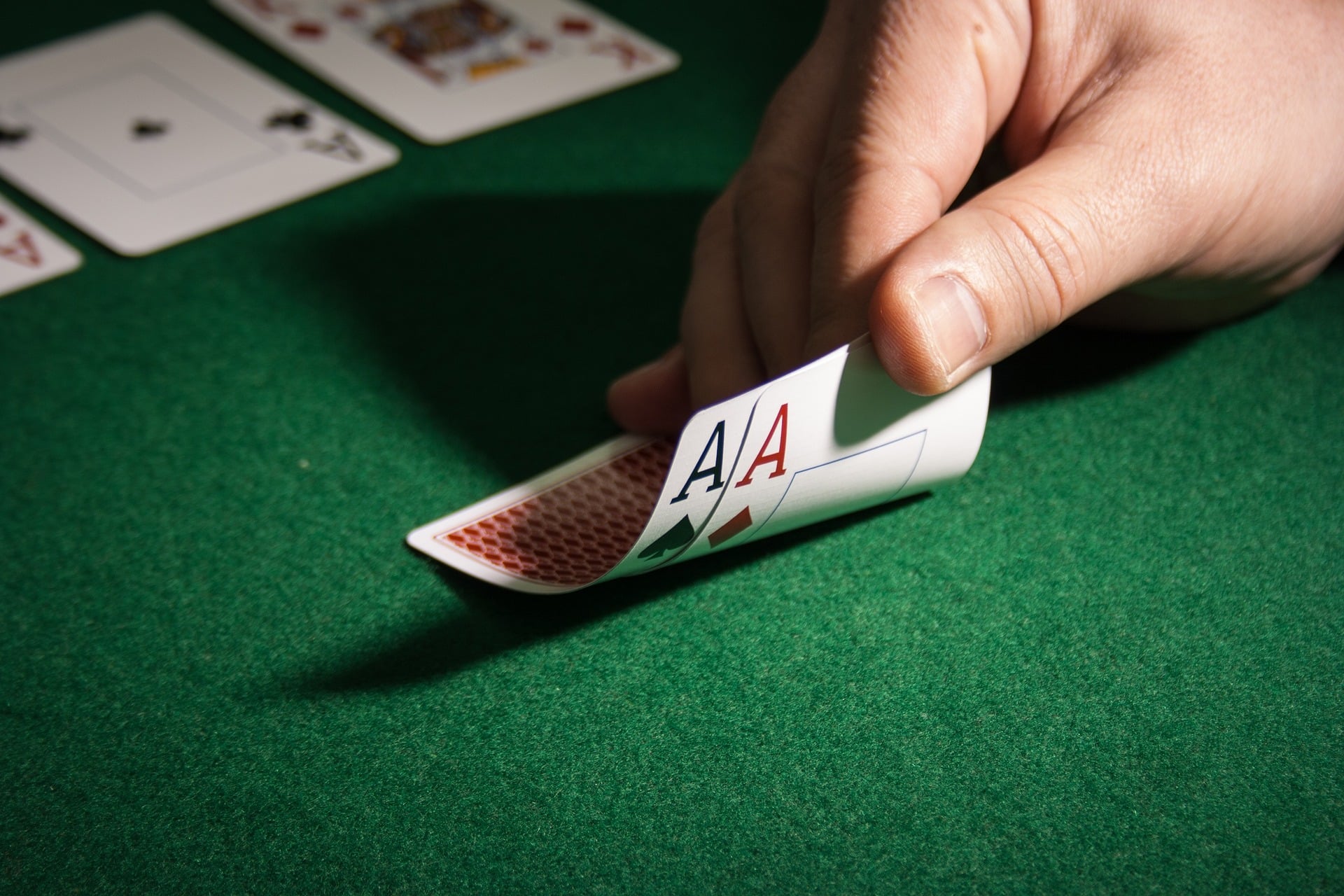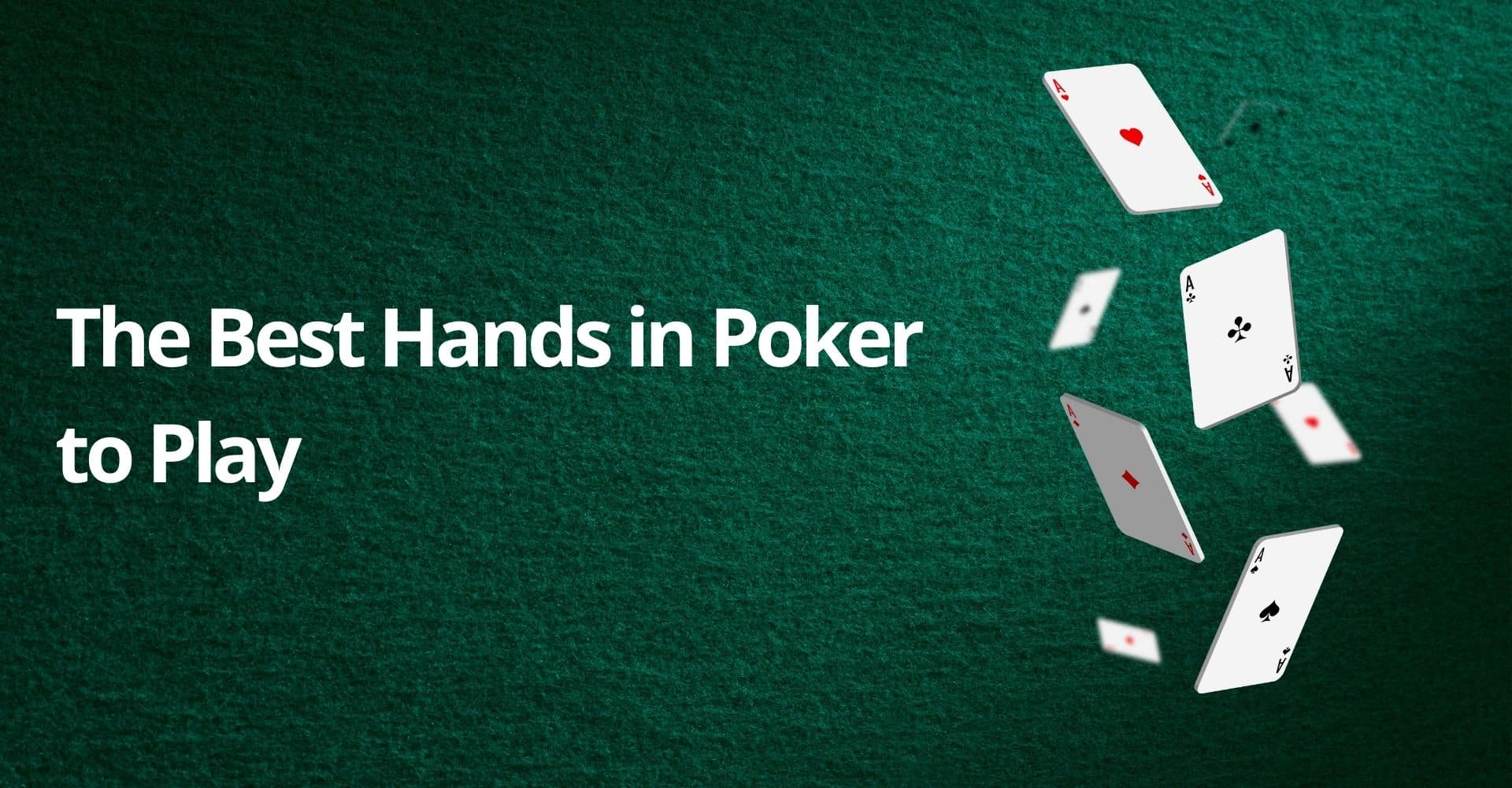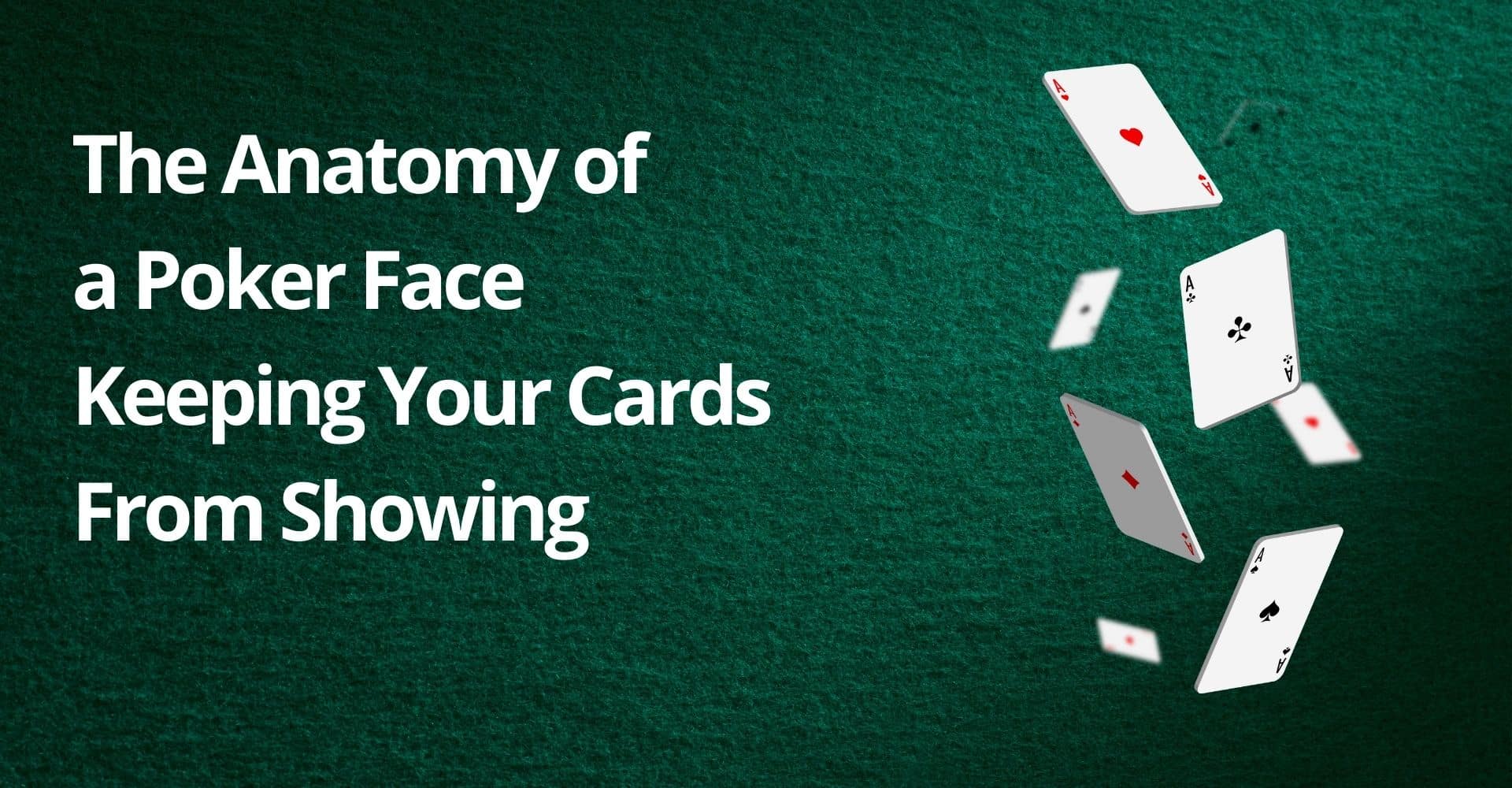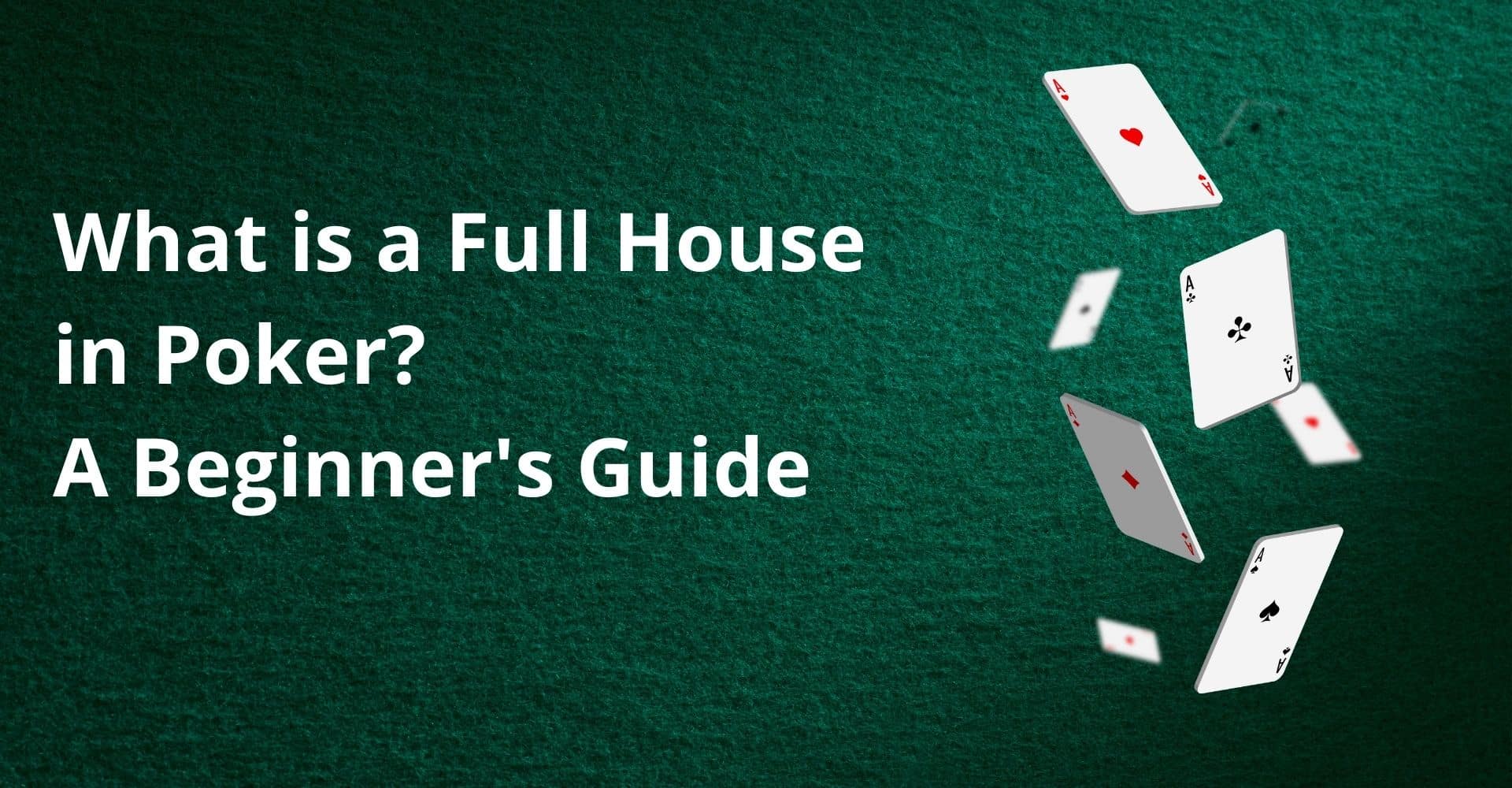What is poker? Yes, it is about cards― but how much more do you know about it? What are the differences between variants, rules, poker players, and exciting facts about the game that people overlook?
“The game at which we are most likely to be conquered is the game we know least.” – unknown.
It is the same with poker. True, it is similar to chess or any other game where you use strategy to win. However, it is also a game of skill. It’s not just about luck, and it’s not just about the cards in your hand. It’s about making good decisions based on information at any given moment.
It’s about reading the other players in the game and using that information to make your own decisions. Then, it’s about changing your strategy based on what you know about the other players and how they’re playing.
It doesn’t mean that luck has no play in poker. On the contrary, the cards you draw can make or break your hand, just like in any other game of chance. But poker also relies on skill; the more you play, the better you’ll get at it.
You must have been terrible at first if you ever picked up a deck of cards and played with friends. It might have taken you a while to get good at poker, but you were either hooked or uninterested once you did. So, is poker your thing? Do you need to know everything about it? Please continue reading to learn how it works, how to play its versions, etiquette, sorts of players, and more.
What is Poker Game?
Poker is a thrilling game of skill, luck, and money where only one player walks away as the winner. The game is played with a standard 52-card deck, and each player is dealt two cards face down. It works to make the best five-card hand using any combination of your two cards and the five community cards on the table.
Players call (match) the bet, raise (increase), or concede (fold) on their hands. The object of poker is to get the best hand out of five cards to win money from opponents at the end of the round. The winner takes all, but only if they beat everyone else at the table!
Poker Beginnings: The Rise Of Rounders
If you’ve ever played poker, you know that it can be an exciting game. But do you know where poker came from? The game of poker has a rich history, with its beginnings dating back to the 15th century.
Poker is believed to have originated in China, where it was known as a domino-card game frequently played by the Chinese emperor. The game spread across the Persian empire as As Nas and in Europe, gaining different names primero (Spain), brag (England), and pochen (Germany). Eventually, the French poque version reached American shores with settlers in 1803.
It became a popular pastime in rural saloons and on Mississippi River boats, following settlers and explorers through Middle America and the West. The game’s name is derived from the fact that it was played with a deck of cards in which one card was left out, hence “pocketed.”
It took some time for poker to catch on in the rest of the countries. Texas hold’em was a variation of poker that originated in Texas as a modification of the classic forms of seven-card stud and five-card draw poker.
Poker players such as Johnny Moss and Doyle Brunson took the game from Texas to places such as Nevada and California. It wasn’t until 1970 that poker started appearing on television shows and the World Series of Poker through Benny and Jack Binion, who pushed it to become a competition for the best players in the world.
What is the Most Important Skill in Poker?
It’s a good question and one that’s often debated among players. While luck plays a role in the outcome of any given hand, even the best poker players can’t win all the time. That being said, specific skills make for better poker players than others.
The most important of these is understanding the odds and calculating them. The thing about this game is that it’s all about odds: how likely are you to win? If you have an 85% chance of winning, and your opponent has a 15% chance of winning, then you should bet your chips on yourself. But if the odds are flipped around, it’s probably not worth risking any money. This will help you determine the correct play in any given situation.
A considerable skill in poker is knowing how to play a hand well. You can have the best cards in the world, but if you don’t know how to play them, it will not matter. The key here is knowing how to use your cards to get the best possible results from your hand. That means figuring out whether or not you should raise, call, or fold—and then doing it!
Another essential skill in this game is the ability to read your opponent’s body language. It’s a necessary part of the game that’s often overlooked. If you want to be a successful poker player, you’ll need to be able to read your opponents’ tells (or nonverbal cues) and use them against them. If you can do that, you’ll know whether or not it’s worth raising or folding before the cards even hit the table.
An important thing in poker is handling yourself when your emotions are running high. At any given moment during a poker game, two things will happen: your feelings will make you do something, or they’ll help guide you through the right decision. In both cases, you mustn’t let them control you. So check yourself when your emotions are running high and you’re about to make an impulsive decision!
Which Type of Poker Player are You? – The Four Faces of Poker
You’re in a poker game. Your chips are stacked up, and you’re ready to play. But, across from you, different people are sitting at the table. Can you make out their distinct personalities just by observing their behavior?
There are four poker players, each with unique skills and styles.
Tight-Aggressive Player
This kind of player is often the one you can see at professional poker tables. They usually win and fold on weak hands. However, if a tight aggressive player chooses to play a hand pre-flop, their post-flop play will typically be aggressive. They are keener to raise and bet instead of check and call.
Loose-Aggressive Player
This type of player is the one that likes to gamble and take risks. They have a wide range of hands they can play with and are more likely to bet on anything. Loose-aggressive players are typically looking for action, so they will often be the ones who raise pre-flop.
Tight-Passive Player
This type of player is not interested in raising pre-flop. Instead, they will be looking to play post-flop but won’t get involved in many pots because they don’t want to raise. In addition, this type will rarely bluff their way.
Loose-Passive Player
This is the ideal type of player to be sitting across. They are hasty in their decisions and stubborn till the end. This means they despise folding after the flop with any hand, such as bottom pair or a single overcard.
Poker Basics: How to Play Poker
Now let’s move on to the important stuff. How to play poker? Let’s break down the rules of the basic poker game. When you play poker, you’re playing with a 52-card deck and up to five other people at the table.
There can be two to seven players at the table. The most common number is five or six players. Each player is dealt a hand of cards from this deck. The goal is to have the best five-card hand, and the highest one wins. If you play with your friends, you must choose the dealer. Every player is dealt the card from the shuffled deck. Whoever receives the highest one is the first dealer.
The cards are ranked by their value, not suits. From high to low:
- Ace,
- King,
- Queen,
- Jack,
- 10,
- 9,
- 8,
- 7,
- 6,
- 5,
- 4,
- 3,
- 2,
- Ace (the only card that can be ranked either high or low)
If there is a tie between the two dealers, they are broken with repeated deals. The chosen dealer begins the game by passing a set number of cards. How to play it depends on the poker variant, and they can pass them around all out at once, in sets, or create a community pile.
After each player has had a chance to look at the hand, a round of betting starts clockwise. Players can either:
- Fold: surrendering the hand and losing any bets the player has placed so far.
- Check: means passing on the possibility of a bet, but only if none has been set previously.
- Call: Place a bet equal to the one the previous player made.
- Raise: player places a bet which is larger than the one the last player made.
The final round is when all other players fold, or two players face the showdown because now the players are showing their hands to everyone.
Getting to Know Poker Hand Rankings
In the showdown, as in the rest of the game, the highest-ranking card beats the others. Hand ranking is often referred to as what beats what in poker. That’s where you’ll need some knowledge of poker hand rankings. The cards are dealt, you get to a point where you and your opponent have your cards before you, and now the highest ranking hand wins.
In the poker deck, there are 52 cards, and five cards are drawn. There are, in total, 2,598,960 possible ranking hand combinations. Here is where the situation becomes interesting: what do you have before vs. your opponent, and what are the chances of getting that hand in millions of combinations?
Royal Flush – There are four possible hands you can draw, and the chance of getting one is 0.000154%.
Straight Flush – There are 36 possible hands, and your chances of getting it are 0.00139%.
Four of a Kind – 624 possible hands for this ranking, and the chances you get it is 0.0240%.
Full House – More typical than others, there are 3,744 possible hands, and chances are 0.144%.
Flush – It has 5,108 possible hands, and your chances to get it is 0.197%.
Straight – There are 10,200 possible combinations, and the chance you get it is 0.392%.
Three of a Kind – It has 54,912 possible hands, and the chances are more prosperous by 2.11%.
Two Pair – 123,552 possible hands, and you can get it in 4.75% of the situations.
Pair – Pair is the most common outcome in the game, with 1,098,240 possibilities and 42.26% chances.
High Card – There are 1,302,540 possible hands and a 50.12% chance of getting it.
Each hand is ranked by rarity; the more scarce it is, the higher the value. So, for instance, Royal Flush is the highest-ranking hand, but if your opponent has one with a higher value card than yours, they win.
Let’s set examples for each of the card rankings:
Royal Flush – 10♥, J♥, Q♥, K♥, A♥ (Highest consecutive cards from the same suit)
Straight Flush – 6♠, 7♠, 8♠, 9♠, 10♠ (Consecutive cards from the same suit)
Four of a Kind – A♠, A♥, A♣, A♦, J♣ (Four cards of the same rank with another card)
Full House – A♥, A♠, A♦, K♣, K♥ (Three cards of the same rank and another two from the same rank)
Flush – 10♣, 7♣, 5♣, 9♣, 6♣ (Four cards from the same suit, but not in any particular order)
Straight – 6♣, 7♥, 8♣, 9♦, 10♠ (Five consecutive cards from different suits)
Three of a Kind – Q♥, Q♠, Q♦, A♣, J♥ (Three cards of the same rank and two from different ranks)
Two Pair – K♠, K♦, 10♣, 10♠, 7♥ (Two pairs of cards from different ranks)
Pair – A♠, A♥, 10♣, 7♦, 5♠ (One pair with the same rank, and three cards of different ranks)
High Card – 3♣, 6♥, 10♠, J♦, A♠ (Uncorrelated cards)
Many of the higher hands cannot result in a tie. However, lower-ranking hands might have other cards in hand to decide. That means that the rule of the highest card determines the winning hand.
Texas Hold ’em and Omaha: Different Poker Game Rules.
Over time and in different locations, poker changed in its variants. The general rules still apply. However, they say the devil is in the details. So each variant has its specialties and set of rules. If you visit a casino or a poker tournament, Texas Hold ’em poker variant is the classic game played at the tables.
How to Play Crazy Texas Hold ’em Rules
Texas Hold ’em was born in Texas during the early 20th century. When Las Vegas became a favorite playground of many poker players, Texas Hold ’em entered the casino doors with Corky McCorquodale. It is one of the most played variants in casinos and at WSOP. It’s a beloved game by many poker players, and its social side makes it exciting alongside strategy, wit, and skills.
As mentioned, the game’s goal is to make a hand of the cards you’ve been dealt (hole cards) with community cards. But, before you can play, there is a buy-in, which means you get a seat at the table. It is set at ten times the table’s high limit in most limit versions. It is set at 20 times the value of the big blind (the highest bet) for no-limit versions.
There is a preflop betting round, and the game starts with the dealer handing each player two cards face down. Flop is the first round, and the first three community cards face up that the dealer places. After that, they are available for each player to make a ranking hand. The game continues with a round of betting, and the first one to start is the player sitting on the left side of the dealer button.
After the previous betting round, the dealer places another community card on the table. It is called the turn. Then, again, another round of betting starts.
The dealer places a last community card on the table in the river round. The previous person who bets in this round is the first to show the cards in a showdown.
How to Play by the Omaha Rules
Omaha is often the favorite game of action players because of the large pot sizes when players make their bets. Unlike Texas Hold ’em in Omaha, players are dealt four cards face down. Then, each player places a bet.
The following three cards are dealt on the table as community cards. This round is called the flop. Next, the dealer shares the fourth card, and the players may place another bet. Finally, the last community card is on the table as a river, followed by a betting round. Once all bets conclude, there is a showdown, where the highest-ranking hand wins the pot.
In Omaha, players are dealt four face-down cards. Afterward, each player gets a chance to exercise their betting options. Next, three cards are dealt simultaneously on the table for all players to share. This is called the flop, followed by another round of betting. A fourth card, called the turn, is then dealt, and it, too, is followed by a round of betting.
One final community card, the river, is dealt with, followed by a final betting round. When all bets have concluded, there is a showdown. Players have to use two of their cards and three of the five community cards. In the showdown, the highest-ranking hand in play wins the pot. Visit our hand rankings page for an overview of poker hand rankings.
The Poker Etiquette
Poker has a lot of unwritten rules—the things that the poker community has come to expect as normal and acceptable conduct. Some are more optional, but they’re still part of being a good person and competitor. Other behaviors may be enforced by poker room management, such as being overly argumentative or mistreating others to the level of abuse.
The best approach is for players to understand poker etiquette. Many aspects are the same as basic social etiquette: be respectful of your fellow players and dealers, don’t disrupt the gameplay, avoid arguments at all costs, and be gracious when you win or lose money. In the end, tip your dealer and the serving staff!
Reasons to Bet On Poker
Poker has been around for a long time, and it’s a pastime that many people still enjoy. It is not a game that will easily make you bored. There are several game variants, but the basic mechanics remain the same. It’s fun and a strategic, exciting, and popular casino game. It has achieved great success among the public and professionals because it does not require special knowledge or experience to play.








